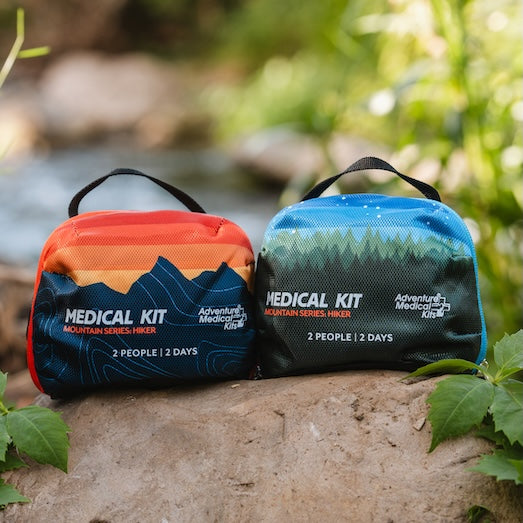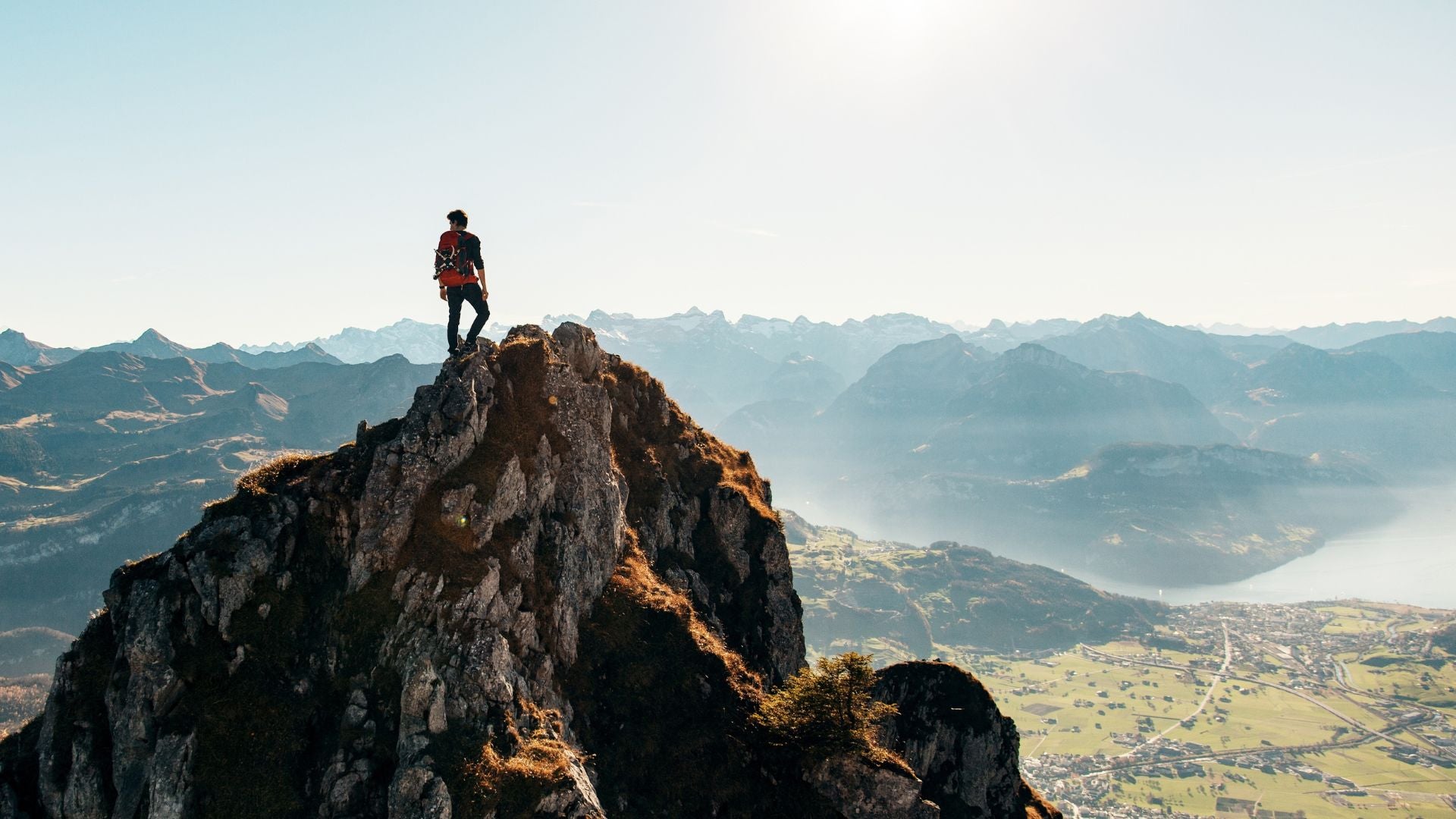Avalanches typically kill more people in the mountains in the West than any other natural disaster, and the winter of 2007-2008 was particularly grim. Last year 36 people died – the worst on record. Two of those people were killed by avalanches off of house roofs, one was killed in a ski area and thirty-three were killed doing their thing in the backcountry – snowboarding, skiing, climbing or riding a snowmobile.
I am often asked why this past year was so bad and the short answer is that dangerous conditions existed virtually everywhere and they existed for extended periods of time. Typically one or two geographic areas will have bad avalanche conditions and the rest of the country will have relatively stable conditions, but that was not the case in 2007 – 2008.
Although there were many complex reasons for the spate of avalanche fatalities this past season, the weather – specifically, an unusual snowfall pattern – played a major role. In general terms, most mountainous areas started with relatively light snow fall and cold temperatures. These conditions produced a weak faceted snow layer that could not support the additional weight that was piled on top it by a subsequent series of large snow storms. The weak basal layer was analogous to the strength of potato chips; the big storm layers to the weight of a brick. Obviously potato chips have a hard time holding up a brick and so the basal layers collapsed and avalanches occurred.
The freakish weather wasn’t the only reason for the uptick in Avalanche deaths. Last winter, more people were out in the backcountry because the powder happened to be awesome just about everywhere. Technology exacerbated the situation. Because our skis, boards and snowmobiles are much better than they were just a few years ago it’s now easier and more tempting to get into steep avalanche-prone terrain.
What You Can Do To Avoid An Avalanche
There is only one absolutely certain way to avoid being caught in an avalanche and that is to avoid all avalanche terrain. Avalanches can only occur on slopes steeper than about 30 degrees, so if a person stays on slopes flatter than 30 degrees they are almost guaranteed to never get caught in an avalanche. But that’s easier said than done. Western mountain ranges all have an abundance of slopes steeper than 30 degrees and much of the best backcountry skiing, boarding and snowmobile riding occurs there. So if you choose to go into terrain steeper than 30 degrees – and most of us do – then you can only reduce your risk, you cannot eliminate it.
The most effective way to reduce your risk is to have the tools and skills necessary to identify avalanche terrain, assess snow stability, and carry out a fast and effective rescue if things go bad.
When you go out, along with bringing your dedication to following low-risk travel protocols, you must have a slope meter to determine slope steepness, an avalanche probe and know how to use it, a shovel, extra food, water and clothes, an emergency bivvy or blanket, and a good first aid kit. But the most important tool you can have is avalanche awareness skills. And the best way to develop those skills is to routinely read and/or listen to your local avalanche advisory provided your area has one, take an avalanche class (for information look on avalanche.org or go to your local outdoor shop), read books like the Staying Alive in Avalanche Terrain, watch videos and check out the Forest Service National Avalanche Center website.
There are no shortcuts; it takes time to learn how to assess avalanche danger and how to make reasonable decisions based on your assessment. I urge everyone who goes into the backcountry to take the time and make the commitment to develop your skills so you know when to say “go” and when to say “no”.














